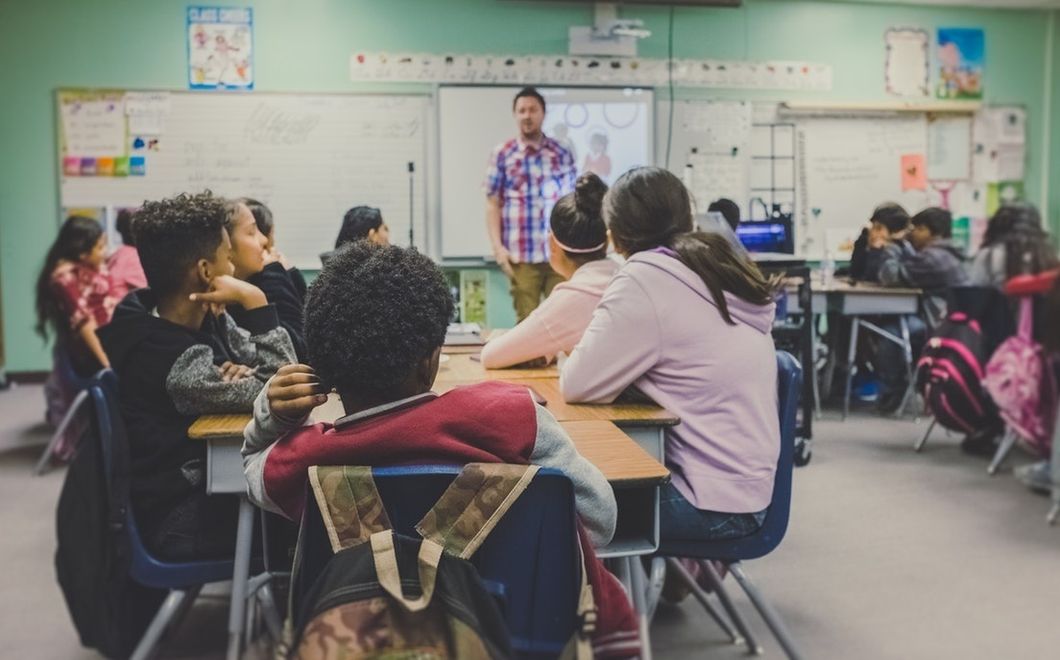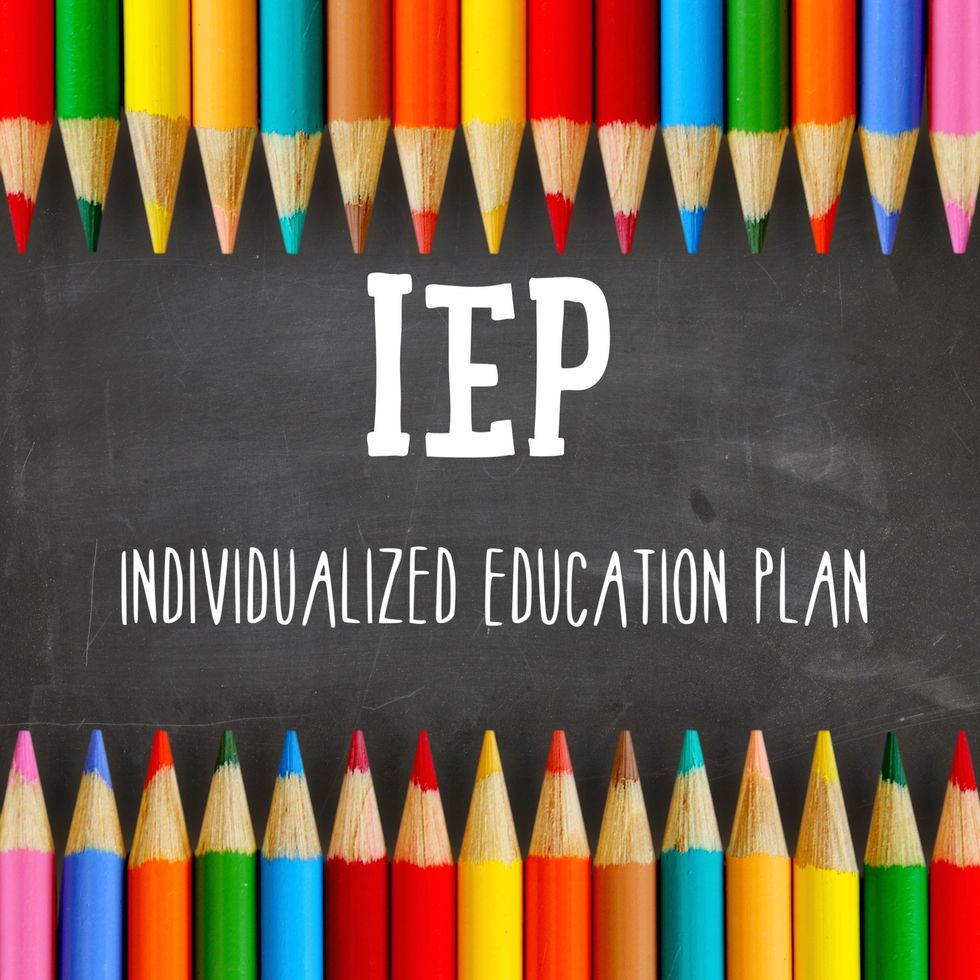10 Ways To Help Students With Disabilities In A General Ed Classroom
How to help students with disabilities while student teaching.
One of the greatest fears that a lot of student teachers have is not being able to effectively help a student. This is a fear even professional teachers can have, especially if they notice a student is struggling in their classroom. This is especially the case with students in the classroom who have a disability. At least once during your student teaching experience, you will encounter a few students who have disabilities, and these students won't always be on medication. And if they are on medication, the medication won't always be effective for helping to manage their symptoms.
I remember during my first student teaching experience I had a student in my classroom who wasn't on medication who had a disability and was struggling greatly on his performance in the classroom. This is the reality for most teachers. However, there are ways that you can effectively teach students with disabilities.
Here are 10 ways to effectively help students who have a disability while student teaching in a general ed classroom.
1. Be patient
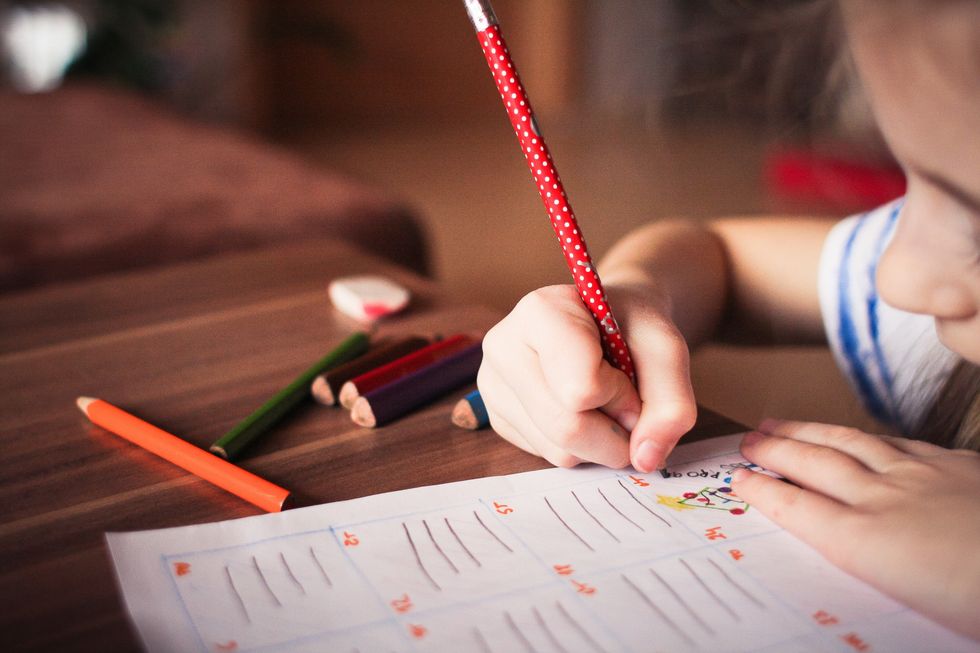
When you have a student with a disability in your classroom, you need to be patient with them. If a student has a learning disability and they forget their homework again, be patient. You must always keep in mind that if the student forgets something, it is not their fault. Take a moment to stop and think of how you can provide accommodations for your student that will help the student succeed. If the student is forgetting their homework assignments, for example, you can suggest the student carries a planner or provide more time for the student to complete the assignment.
2. Work with the special education teachers
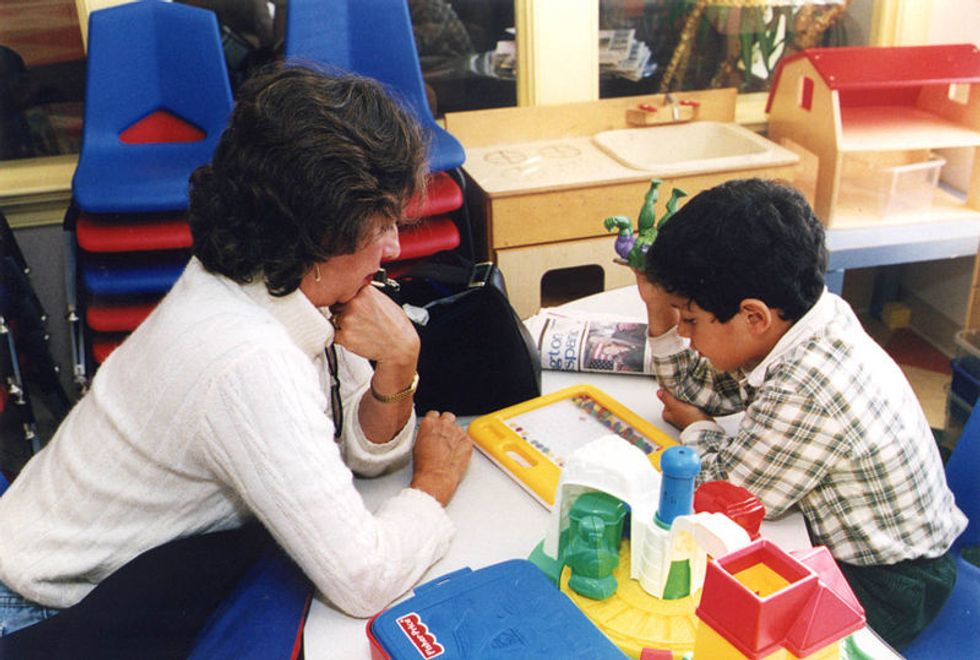
You should always be open to working closely with the special education teachers in the classroom. In some school districts, they will co-teach with the general education teachers. Therefore, if you are student teaching, you will likely be working with special education teachers. They can be very helpful for providing advice on creating an accommodating curriculum and how to best help a student, and they can give feedback on the lesson plans you make to accommodate the students in your classroom. Therefore, you should be open to working with the teachers and listening to any advice they give you.
3. Keep an organized class schedule

If you have a student who you know has autism in your classroom, then try to make sure you maintain an organized schedule. Students with autism like to have everything organized and tend to have more anxiety when something unpredictable happens. If you are going to have a substitute teacher, a field trip, or a school event that is coming up, let your students know beforehand so that any students in your classroom who have autism will know what to expect.
4. Give immediate feedback
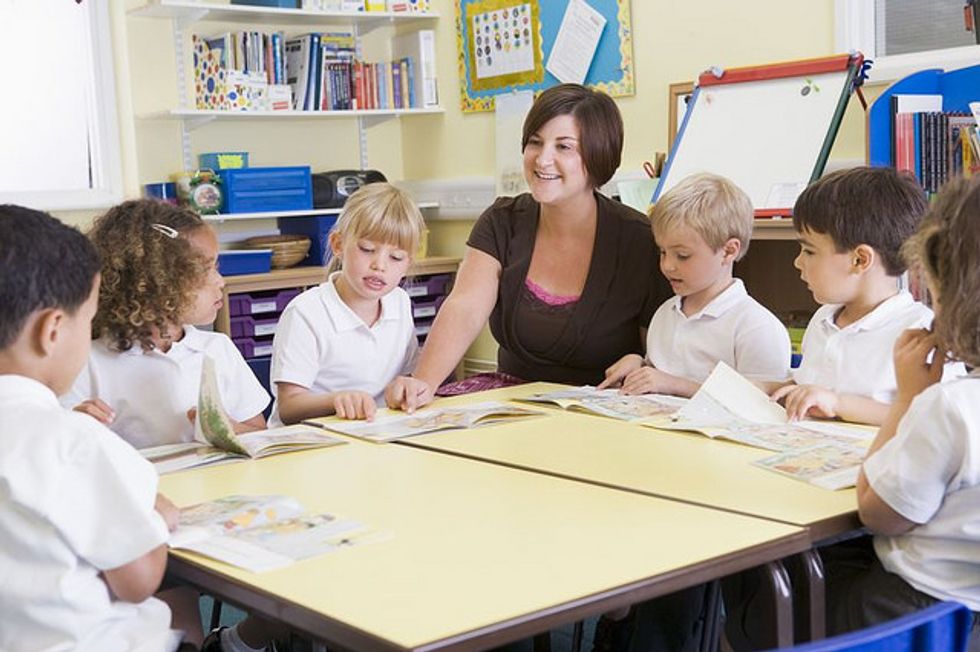
Students with disabilities do better if they receive immediate feedback. Students with disabilities need to see what improvements they need to make and where they are at in the classroom. According to TeacherVision, students with learning disabilities need to see the relationship between what is taught and learned in the classroom. Therefore, if it is possible, try to give immediate feedback to any student with a disability.
5. Focus on the student's strengths
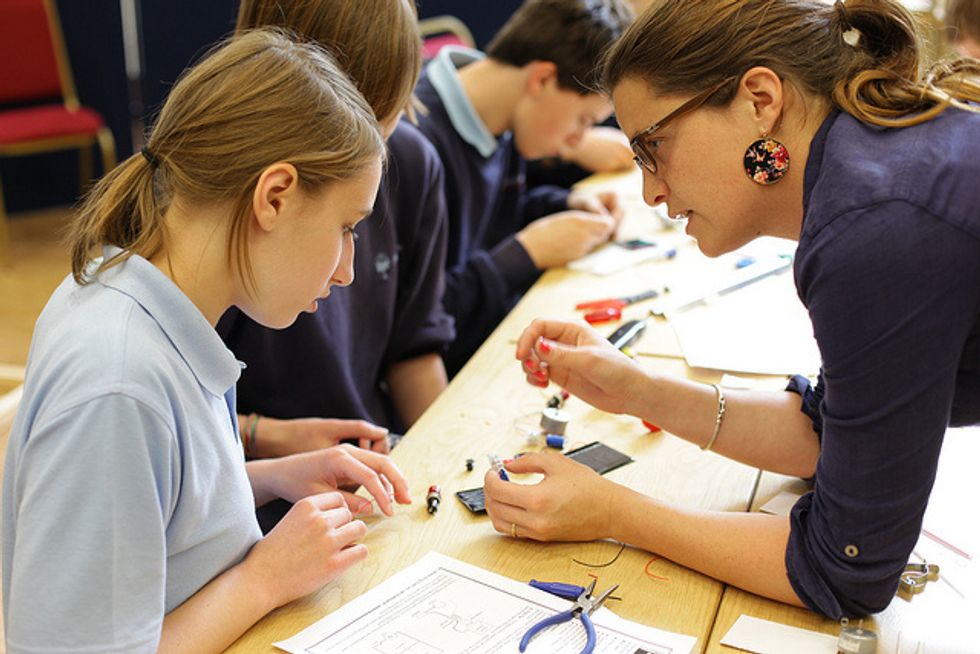
Engineering at Cambridge / Flickr
If you want a student who may have a disability to be successful in your classroom, don't underestimate their ability. Just because a student may not be able to handle certain things due to their disability does not mean that they are incapable of accomplishing other things. Try to instead focus on the student's individual strengths. For example, if the student has a hard time working with others but is great at doing individual work, consider focusing on creating more assignments in which the student could do independently. Try to play to the student's strengths.
6. Allow time for breaks during class

This is helpful for both students with disabilities and students without disabilities! Students with a disability can often feel overwhelmed at times and benefit from being given a short break. Consider giving your students a short break during the day, whether it's a bathroom break or a brain break. It will help make sure your students aren't getting too overwhelmed during class.
7. Help boost your student's confidence
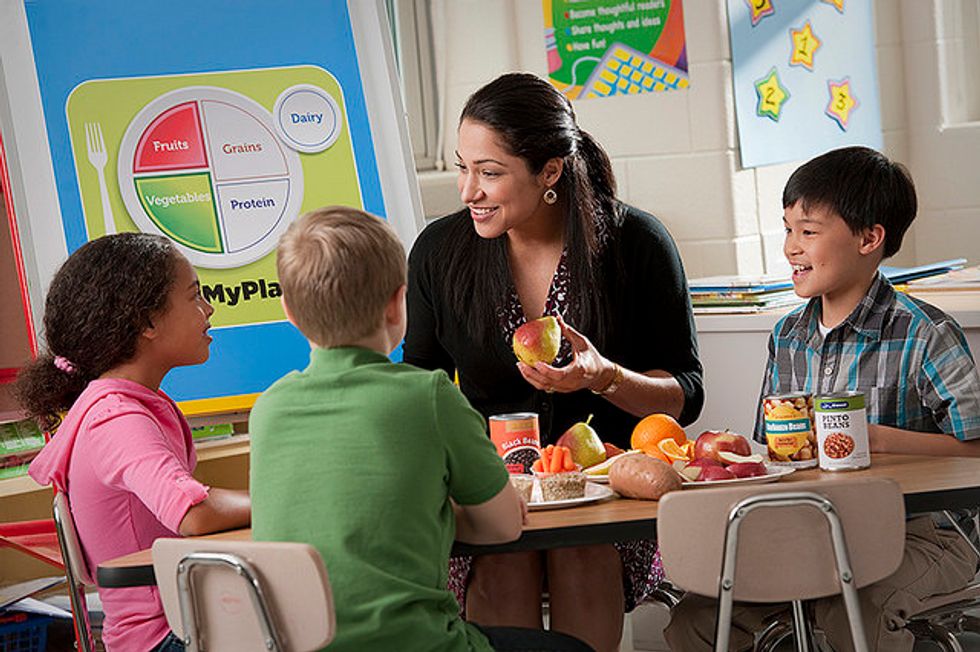
U.S. Department of Agriculture / Flickr
A lot of students with disabilities will often lack confidence. They may be struggling with their individual disability not only in your classroom but in other classrooms too. Help the student build their confidence in the classroom through giving specific praise. Try to also find at least one positive comment that you can make about the student's work.
For example, if they did badly on a math problem but seemed to comprehend how to start the problem tell the student "You did a great job on starting the problem but I think you may need some more help with solving the problem correctly." Starting with a positive statement will help any students with disabilities not feel discouraged and will help the students gain a boost in confidence.
8. Be open to making changes in curriculum
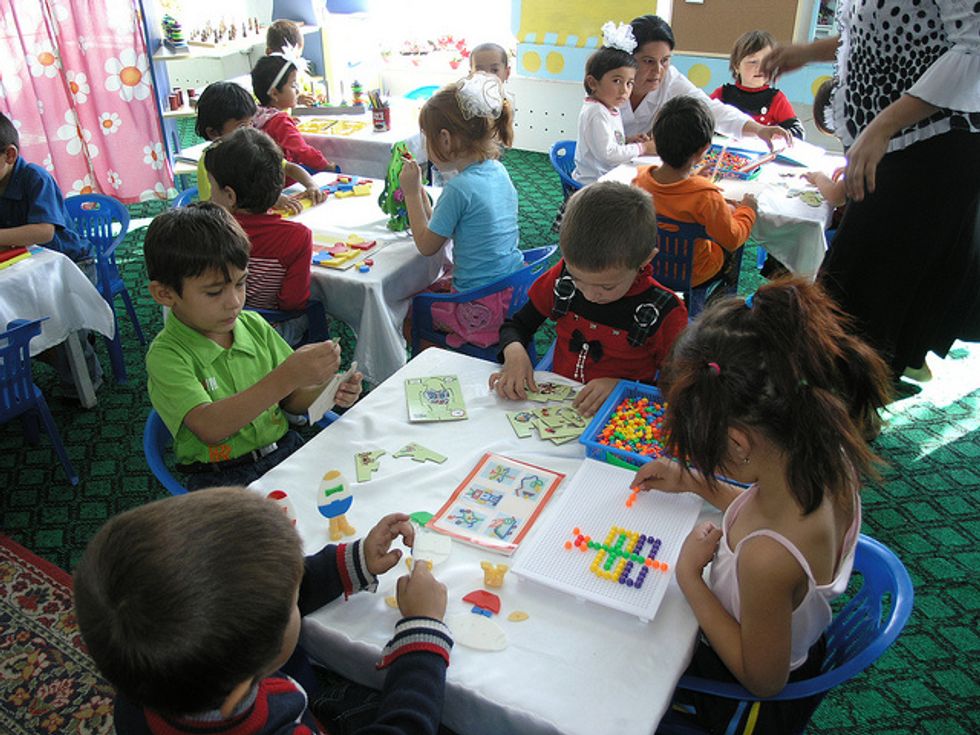
World Bank Photo Collection / Flickr
There will most likely be times when you will need to make changes to your curriculum. If one strategy doesn't work, try another! Part of teaching is trying different things until you find something that works, and this can be applied to all students.
9. Use visual aids
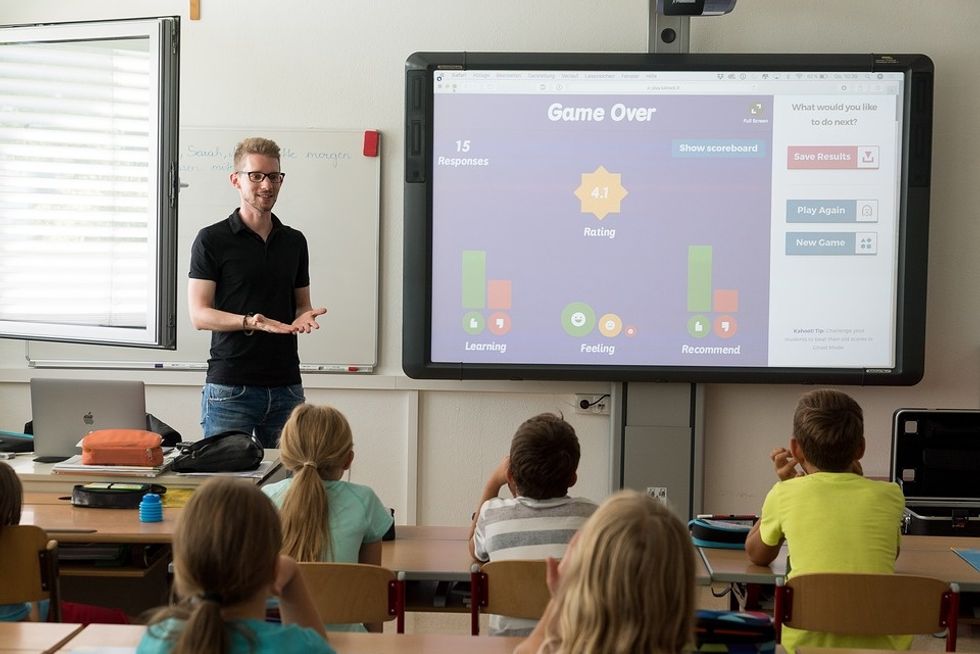
When you are presenting a lesson, you should try to incorporate some visual aids that will help students with disabilities understand your lesson better. This could include charts, computer programs, pictures, and vivid pictures. In mathematics, students with learning disabilities may do better through seeing visual demonstrations or pictures in order to help them understand problems better. Include anything that you think will help students with disabilities understand your lesson better during your presentation.
10. Have students work more with peers

World Bank Photo Collection / Flickr
Allow your students to work with their peers more during activities or assignments in the classroom. Students with disabilities learn better if they are working with another student rather than independently. It also helps to create a more positive learning environment.
If you find yourself struggling to find the right method for helping your student who has a disability, then you should check out some of these tips. It can be hard to know exactly how to help students with disabilities, especially if you just started your student teaching experience. However, there are ways that you can effectively help any student in your class who has a specific disability. If you follow these strategies, you'll not only help the student in your classroom who has a disability, but you'll also help create a positive learning environment for all of the students in your classroom.

